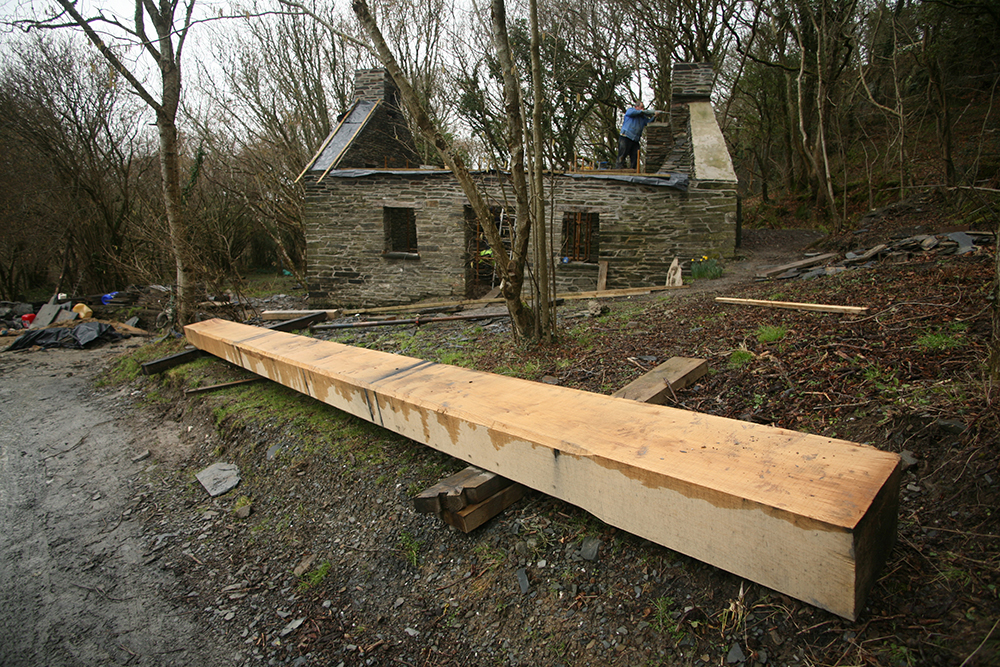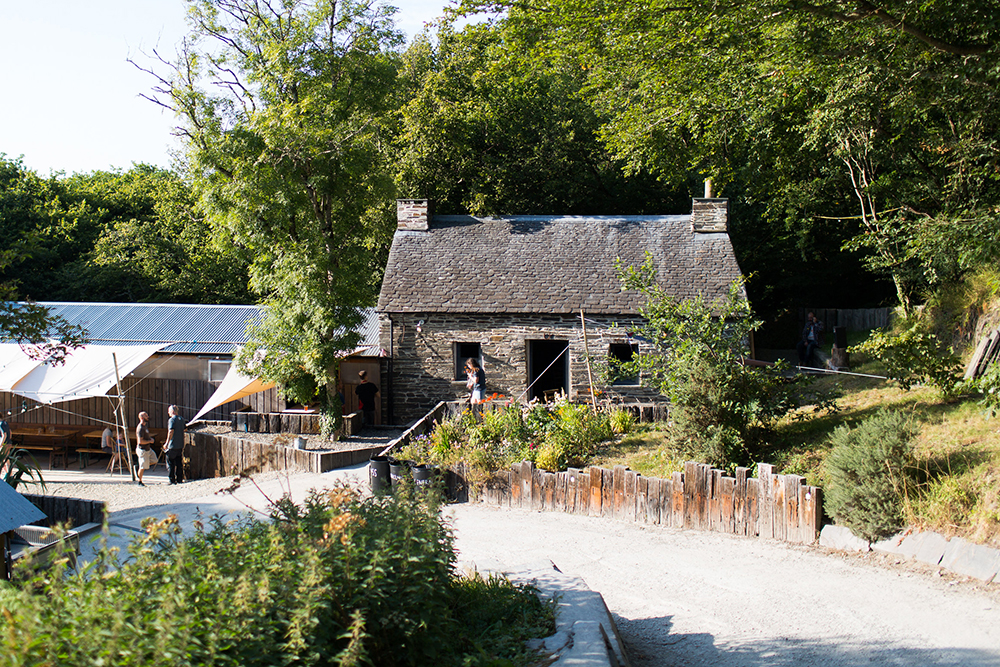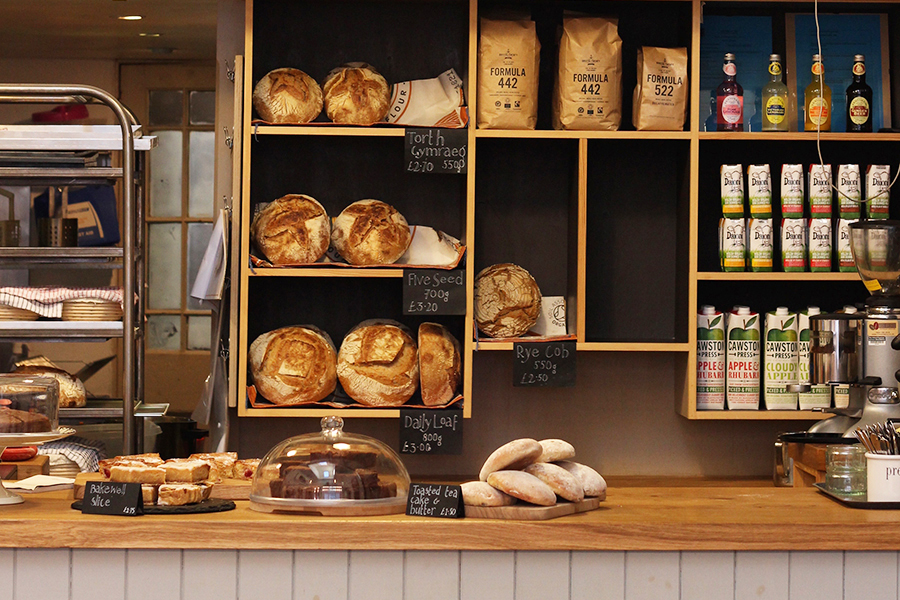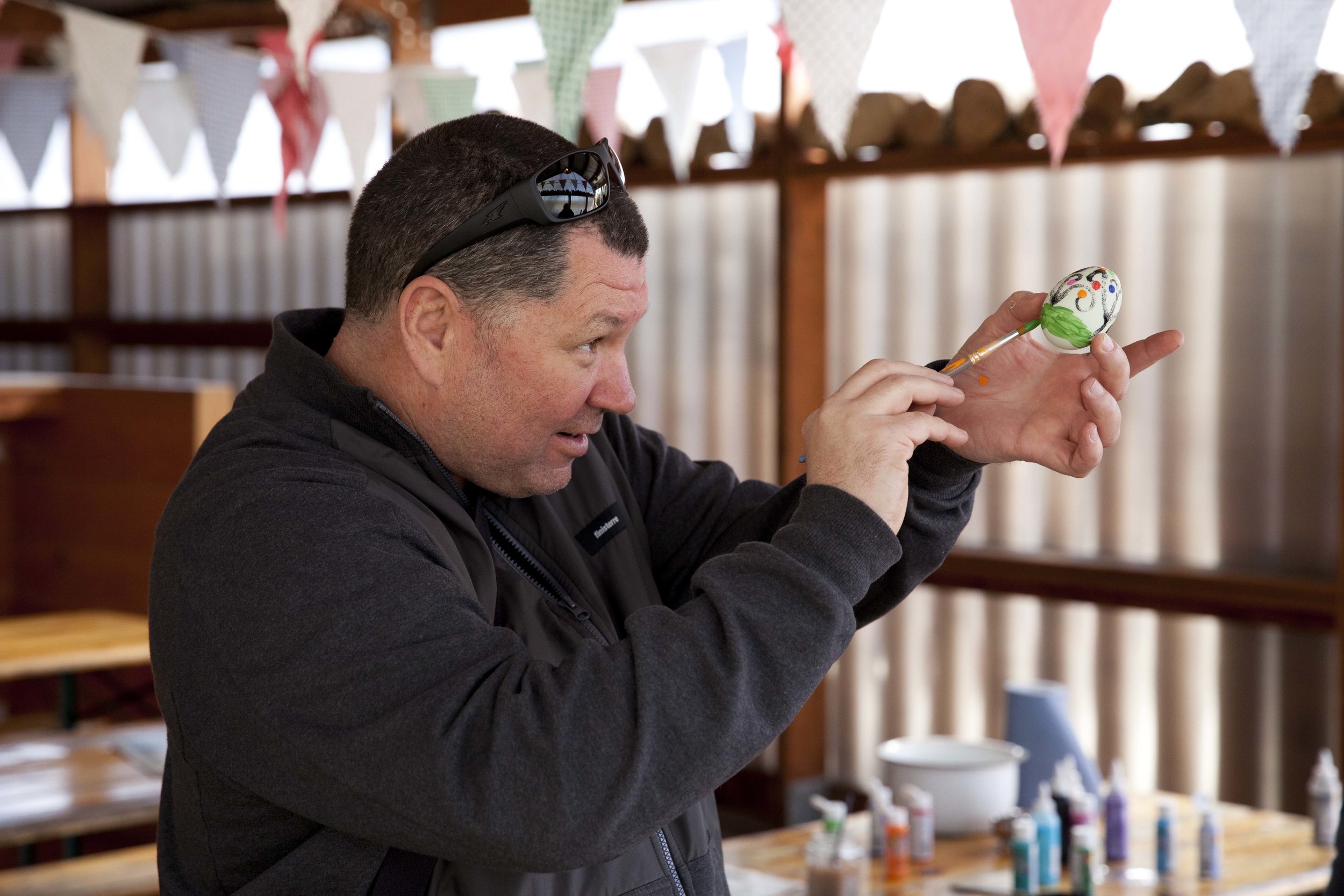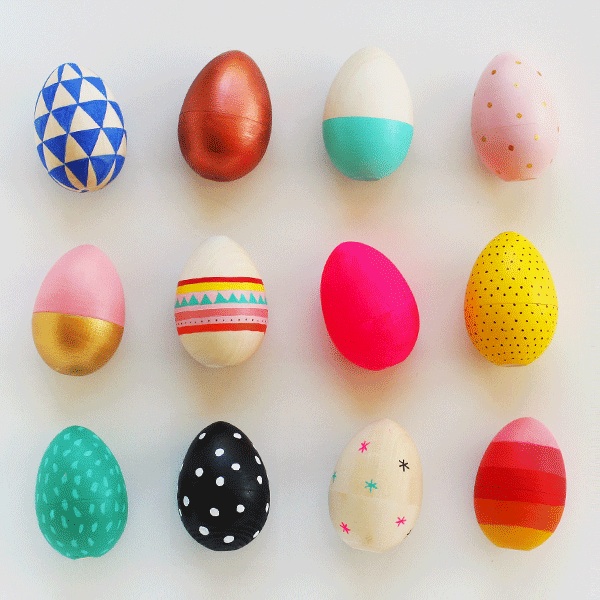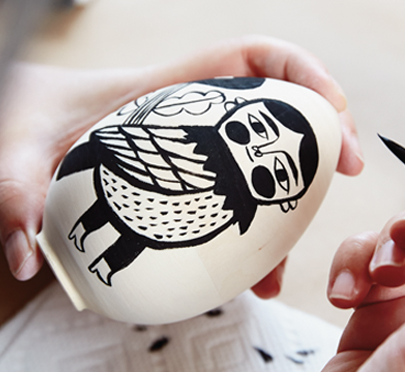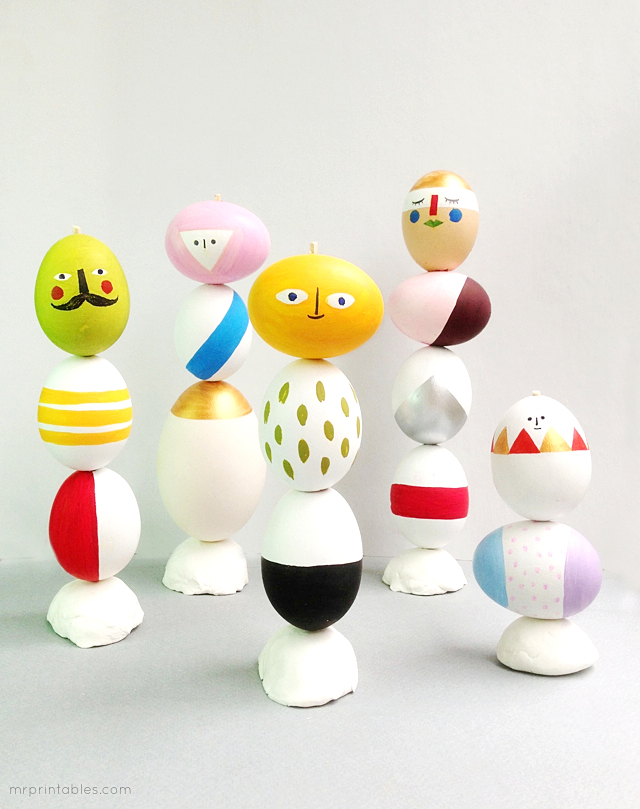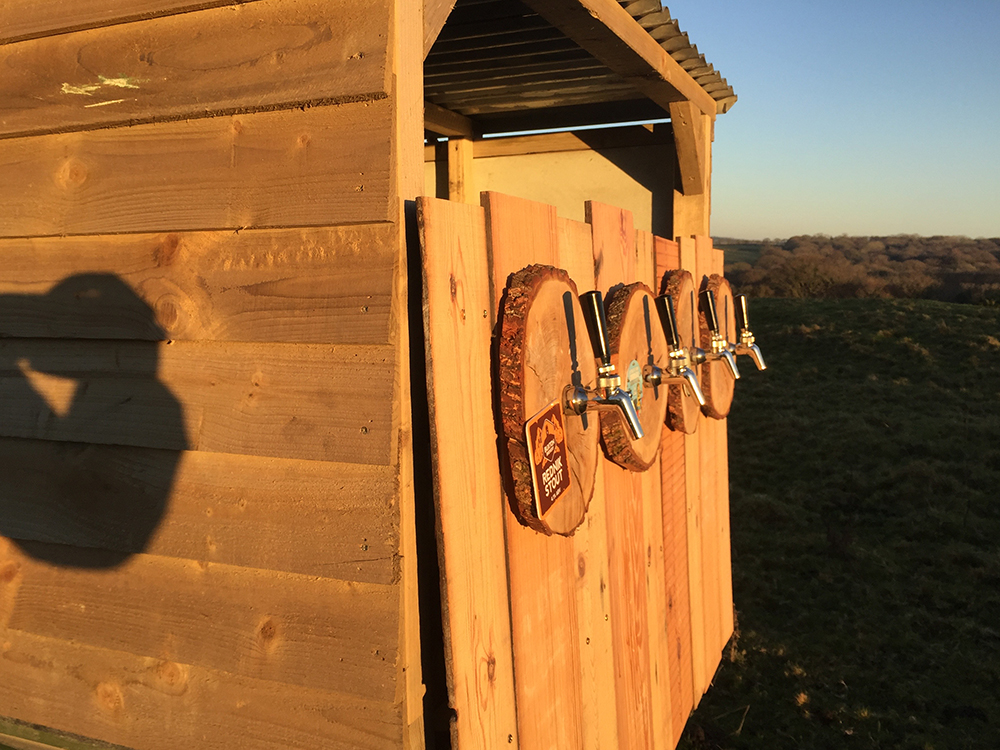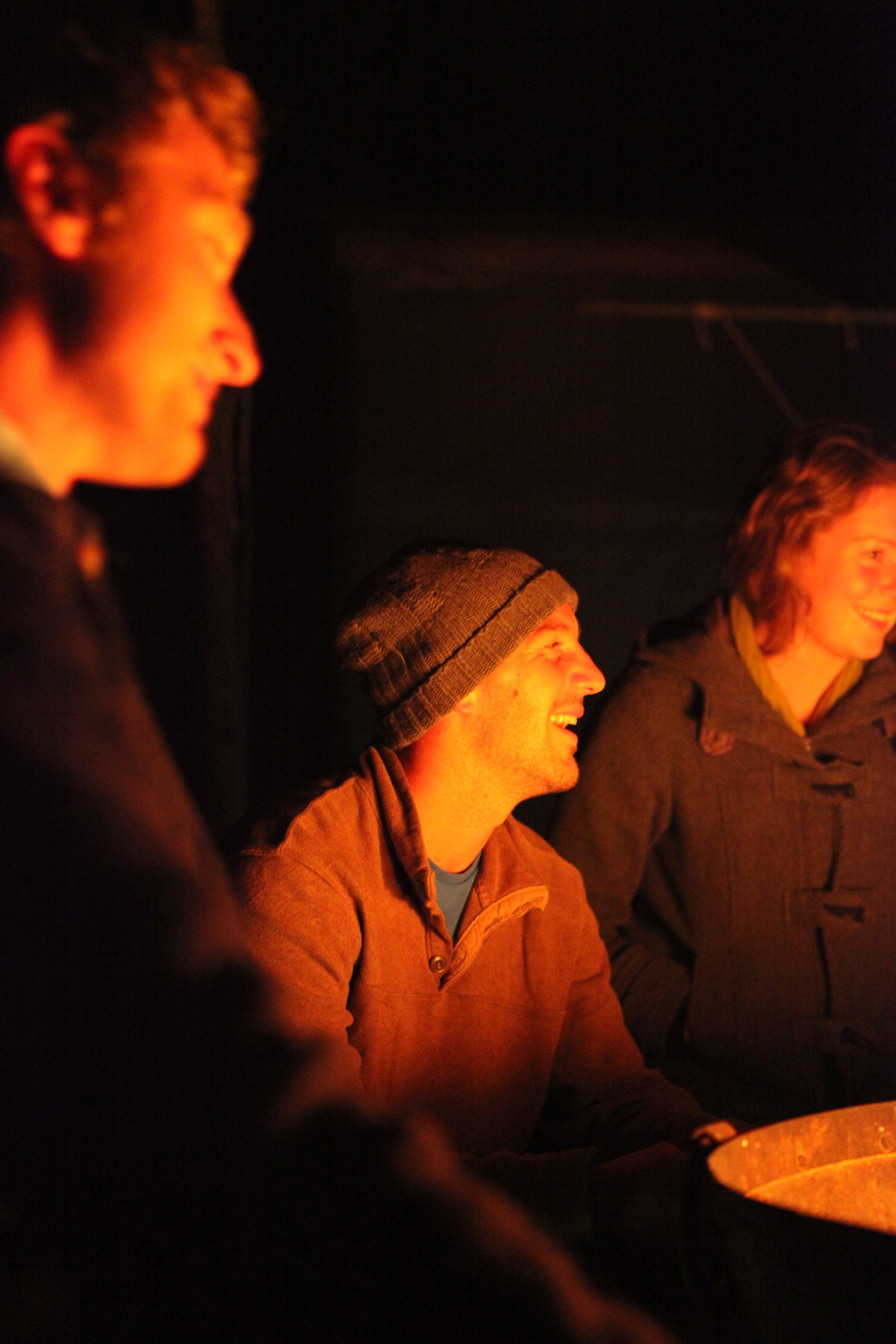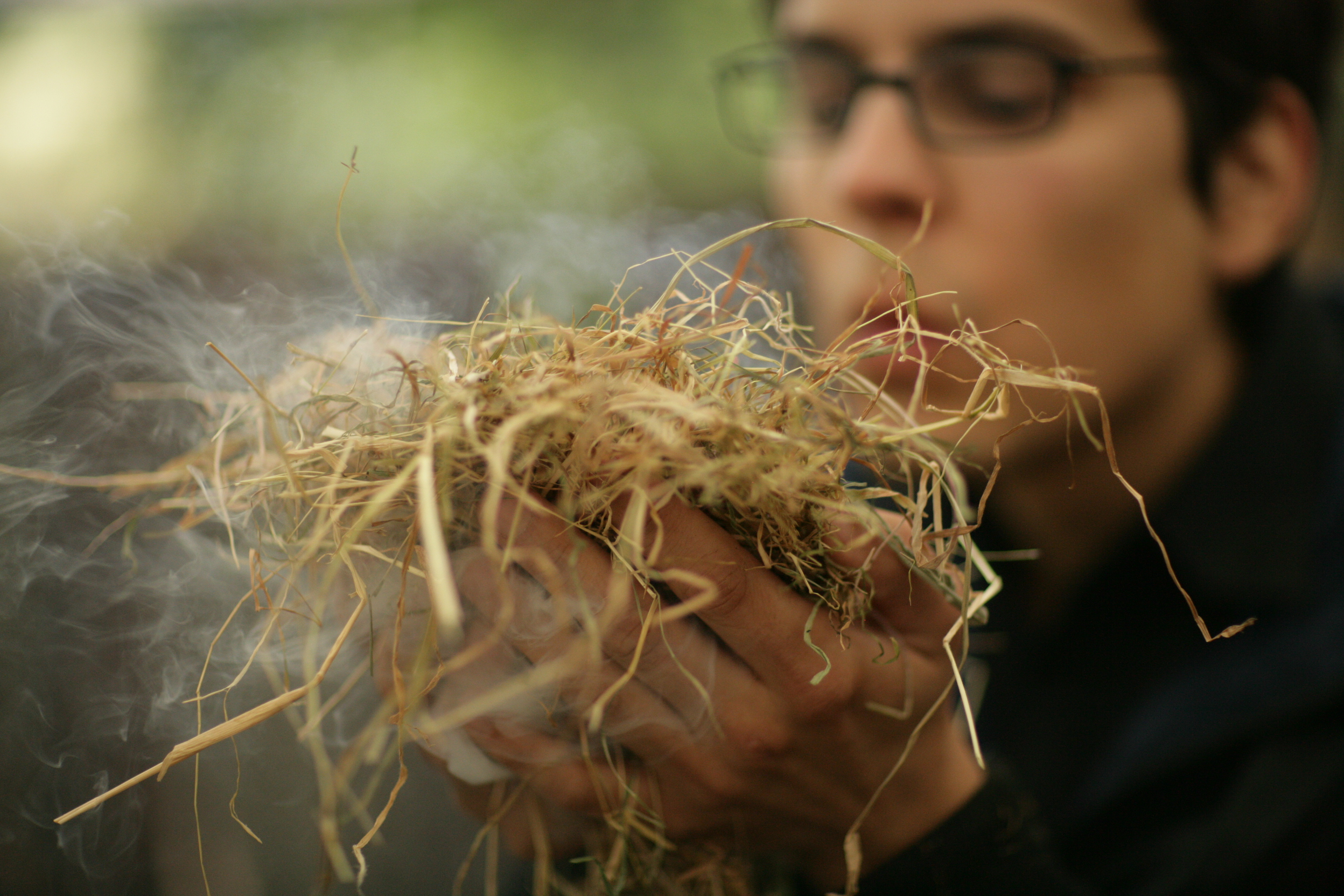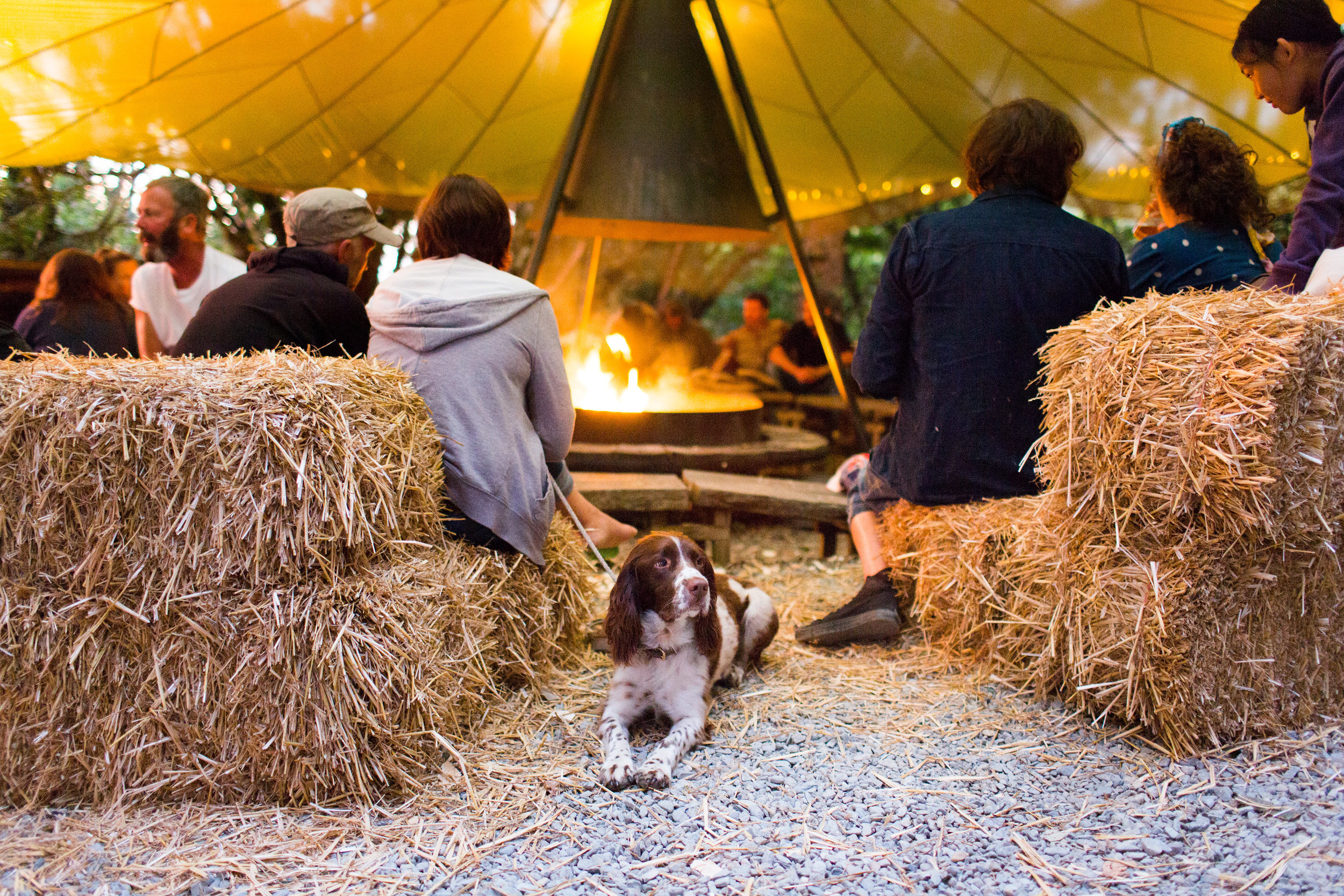'The idea is that there has been nothing comprehensive published in English on Nordic cooking, basically ever. There have been books about Scandinavian cooking or on national cooking back in the 1970s but nothing since then. And everyone confuses the countries and the regions and no one really understands how diverse it all is. So I'm aiming to show all that with this new book.'
- Magnus Nilsson
Magnus Nilsson is one of the world's top chefs and owner of Fäviken restaurant in Sweden. A remote restaurant in the middle of nowhere on the edge of the arctic circle, where James and Sian stayed and ate and met Magnus in the autumn of 2013.
His second recipe book, 'The Nordic Cookbook', a huge book, beautiful and inspiring, an encyclopaedia of Scandinavian and Nordic cooking, bringing the best of Scandinavian food, traditions and stories straight to your kitchen. Whittled down from 11,000 recipes and articles, the book contains around 700 different recipes. It took Magnus three years to research and compile this list whilst still running Fäviken.
So many inspirational and interesting things are found in this book, which is brilliantly documented with atmospheric photos of landscapes, people and plates of food. One page in particular caught the attention of fforest chief, a picture of two men in a wooden shed...
'It was common, before modern kitchens were invented, to have a simple but dedicated house just for cooking next to the one you lived in. This way when you made big batches of food, the whole house in which you lived was not made damp by the steam.'
...chief now wants a wooden cooking shed to house his wood smoker and crab boiling pots.













